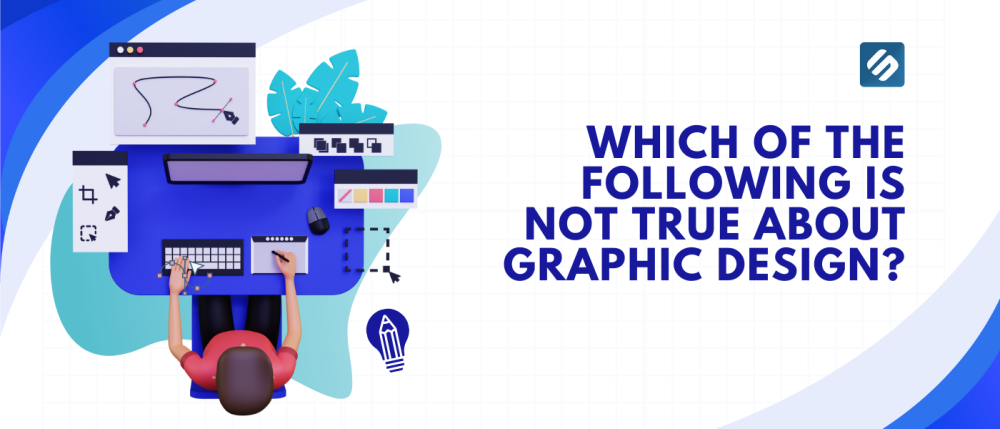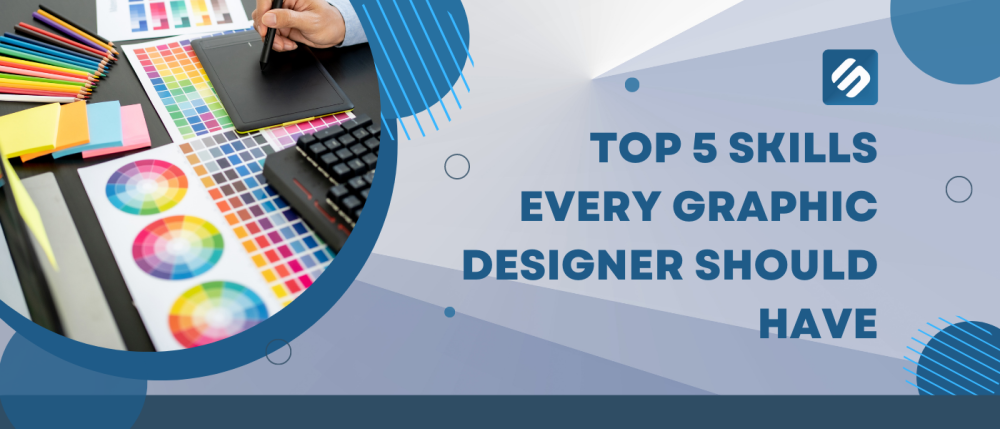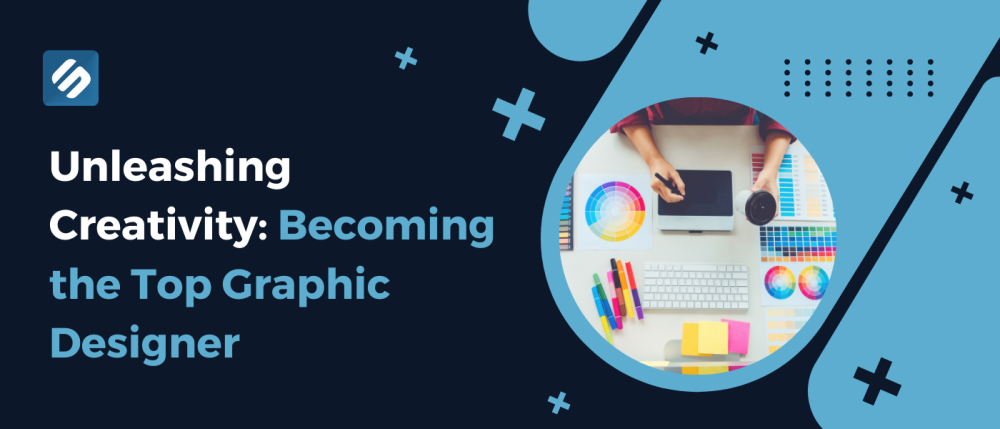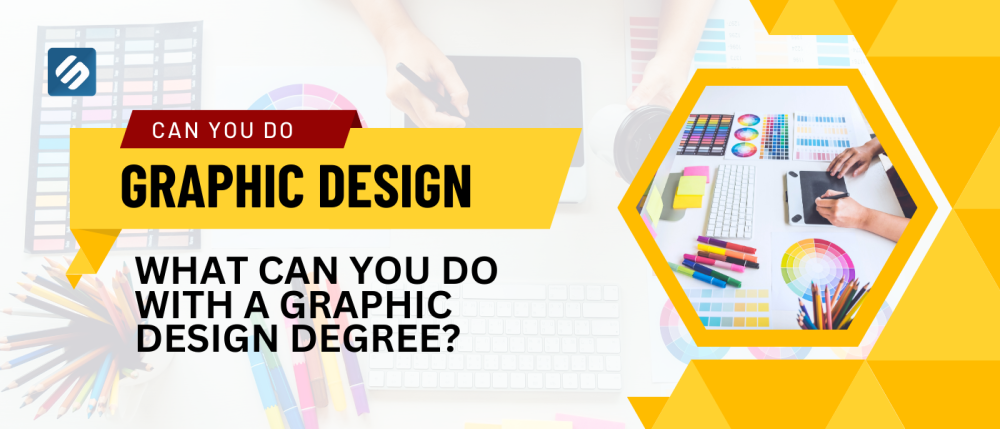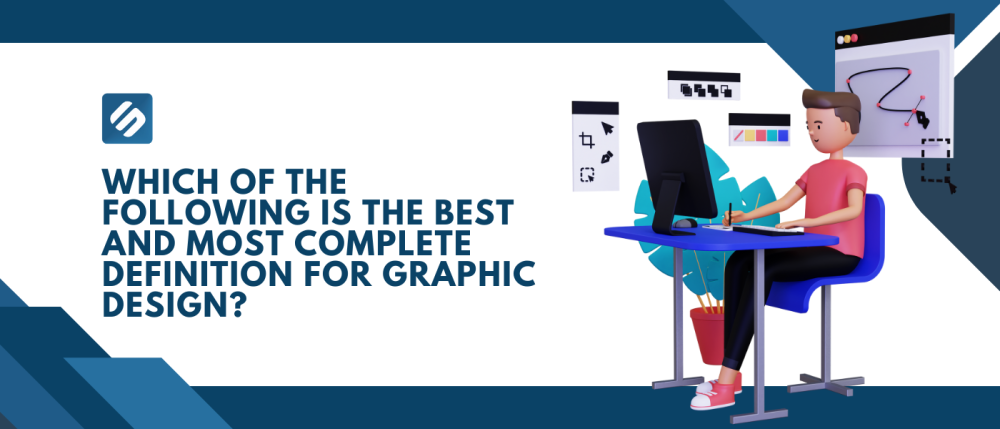Graphic design plays a crucial role in our visually-driven world. It encompasses various creative elements and principles to communicate ideas effectively. However, there are often misconceptions surrounding this dynamic field.
In this article, we will explore and debunk some of the false claims about graphic design, shedding light on what is truly accurate and dispelling any misunderstandings.
Understanding Graphic Design
To comprehend the falsehoods, it is essential to have a clear understanding of graphic design. It involves the visual representation of concepts and messages using various mediums such as images, typography, color palettes, and layout arrangements. Graphic design is used in diverse industries, including marketing, advertising, web design, print media, and more.
Importance of Graphic Design
Graphic design holds immense significance in both the digital and physical realms. It helps in conveying information, enhancing brand identities, capturing attention, and eliciting emotions. Effective graphic design aids in building trust, creating memorable experiences, and increasing engagement with the target audience. It is a powerful tool that shapes perceptions and influences decision-making processes.
The World of Graphic Design
Graphic design is a dynamic field that involves the creation and arrangement of visual elements to convey a specific message or evoke certain emotions. It plays a crucial role in various industries, including advertising, branding, web design, packaging, and more. Let's delve into the misconceptions surrounding graphic design and discover what is not true about it.
Role of Colors in Graphic Design
Colors play a significant role in graphic design. They have the ability to evoke specific emotions and influence how individuals perceive a design. Contrary to a common misconception, graphic designers do not randomly select colors. Instead, they carefully consider color theory and psychology to create harmonious and impactful designs. Understanding the meaning and symbolism behind colors is an essential aspect of graphic design.
Common Misconceptions about Graphic Design
-
Graphic Design is Just About Making Things Look Pretty: While aesthetics are a vital aspect of graphic design, it goes beyond mere visual appeal. Designers strive to balance functionality, usability, and aesthetics to create effective and purposeful designs. It involves strategic thinking, problem-solving, and conveying messages through visual elements.
-
Anyone Can Be a Graphic Designer: While anyone can try their hand at graphic design, becoming a skilled and professional designer requires training, experience, and a deep understanding of design principles. It involves a blend of creativity, technical skills, and industry knowledge to deliver impactful designs.
-
Graphic Design is Expensive and Reserved for Large Companies: Graphic design is not exclusive to large corporations. With the advent of design tools, online platforms, and freelance designers, it has become more accessible to businesses of all sizes. There are affordable design solutions available, allowing small businesses and individuals to benefit from professional design services.
-
Graphic Design is Only about Photoshop: While Adobe Photoshop is a widely used software in graphic design, it is just one tool among many. Designers also utilize other software like Adobe Illustrator, InDesign, Sketch, and more, depending on the project requirements. Graphic design is a versatile field with a wide range of tools and techniques at its disposal.
-
Graphic Designers Are Only Responsible for Creating Logos: While logo design is an integral part of graphic design, it is not the sole responsibility of designers. Graphic designers contribute to various aspects, including creating visual identities, marketing collateral, website design, packaging, social media graphics, and more. They play a crucial role in shaping brand communication across multiple touchpoints.
Debunking False Claims
Now that we have addressed some common misconceptions, let's debunk the false claims regarding graphic design.
False Claim 1: Graphic Design is Easy and Requires No Skills
Graphic design is a complex discipline that requires a blend of technical skills, creativity, and an understanding of design principles. It involves conceptualizing ideas, understanding the target audience, and executing designs that effectively communicate messages. Achieving mastery in graphic design takes time, practice, and continuous learning.
False Claim 2: Graphic Design is Only About Following Trends
While trends can influence graphic design, it is not solely about following them blindly. Designers need to balance current trends with the specific requirements of each project and the target audience. Design trends come and go, but the core principles of graphic design, such as composition, color theory, typography, and hierarchy, remain constant. Graphic designers strive to create timeless designs that effectively communicate messages and stand the test of time.
False Claim 3: Graphic Design is Isolated from Other Disciplines
Graphic design is an interdisciplinary field that often collaborates with various disciplines. Designers frequently work alongside marketers, copywriters, developers, and other professionals to create cohesive and integrated experiences. Effective graphic design requires an understanding of the broader context, including branding strategies, marketing goals, user experience, and technological considerations. Collaboration and cross-disciplinary knowledge are essential for successful graphic design outcomes.
False Claim 4: Graphic Design is All About Artistic Skills
Contrary to popular belief, graphic design is not solely reliant on artistic skills. While creativity is an integral part of the process, graphic designers also need a solid understanding of design principles, user experience, and visual hierarchy. They must effectively combine aesthetics with functionality to create designs that not only look appealing but also serve their intended purpose.
False Claim 5: Graphic Design is Easy and Anyone Can Do It
Although graphic design tools have become more accessible, it does not mean that anyone can instantly become a proficient graphic designer. It takes time, practice, and a deep understanding of design principles to create effective and visually appealing designs. Graphic designers undergo training and continuously refine their skills to meet the demands of the ever-evolving design industry.
False Claim 6: Graphic Design is Only Relevant in Print Media
With the rise of digital platforms, some may assume that graphic design is limited to print media. However, graphic design plays a vital role in digital marketing, web design, user interface (UI) design, and mobile app design. Designers adapt their skills to the digital landscape, creating engaging visuals that enhance user experiences across various online platforms.
False Claim 7: Graphic Designers Don't Need to Understand Marketing
Graphic designers and marketers often work hand in hand to create successful campaigns. Designers must have a solid understanding of marketing principles, target audience demographics, and brand positioning. By aligning their designs with marketing objectives, they can create visually compelling materials that not only attract attention but also drive desired actions from the audience.
False Claim 8: Graphic Design is Expensive
The cost of graphic design can vary depending on the complexity and scope of the project. While professional graphic design services may require an investment, it is important to recognize the value it brings. Effective design can significantly impact brand perception, customer engagement, and ultimately, business success. Investing in quality graphic design is a worthwhile endeavor that yields long-term benefits.
False Claim 9: Graphic Design is a Quick Process
Creating thoughtful and impactful designs is not a quick or hasty process. Graphic designers dedicate time to research, brainstorming, conceptualizing, and refining their ideas. They go through multiple iterations, considering feedback and making necessary adjustments. The design process requires patience, attention to detail, and a commitment to delivering the best possible outcome.
False Claim 10: Graphic Design is Dead in the Age of Technology
While technology has undoubtedly transformed the graphic design landscape, it has not rendered the profession obsolete. In fact, advancements in technology have expanded the possibilities for graphic designers, providing them with new tools and platforms to explore. Digital design, user interface (UI) design, and motion graphics are just a few examples of how graphic design has evolved alongside technology.
False Claim 11: Graphic Design is Limited to Certain Industries
Graphic design is a versatile field that caters to various industries and sectors. It is not limited to a specific domain or sector. From healthcare and finance to fashion and entertainment, every industry can benefit from effective graphic design. Visual communication is a universal language that transcends boundaries and plays a pivotal role in conveying messages, creating brand identities, and engaging audiences.
Typography in Graphic Design
Typography refers to the art and technique of arranging typefaces in a visually appealing manner. It is another crucial element in graphic design. Contrary to what some may believe, graphic designers do not choose fonts arbitrarily. They carefully select typefaces that align with the brand's personality, readability, and overall design aesthetics. Typography enhances the visual hierarchy, readability, and message delivery in graphic design.
Principles of Graphic Design
There are fundamental principles that guide graphic designers in creating visually pleasing and effective designs. These principles include balance, contrast, hierarchy, proximity, repetition, and white space. Each principle contributes to the overall visual appeal and functionality of a design. Graphic designers utilize these principles to create cohesive and visually engaging compositions.
Graphic Design Process
The graphic design process involves several stages, including research, ideation, conceptualization, design development, and final execution. Contrary to the misconception that graphic designers only focus on the final output, they invest significant time and effort into understanding the client's needs, conducting research, brainstorming ideas, and refining concepts. The iterative nature of the design process ensures that the final design meets the desired objectives.
Tools and Software Used in Graphic Design
Graphic designers utilize various tools and software to bring their ideas to life. These include industry-standard software such as Adobe Photoshop, Illustrator, and InDesign, among others. These tools provide a wide range of features and capabilities for creating and manipulating visual elements. Additionally, graphic designers also use traditional mediums like pen andpaper for sketching and conceptualizing ideas before transitioning to digital platforms.
Conclusion
Graphic design is a multifaceted discipline that goes beyond surface-level misconceptions. It requires a combination of creativity, technical skills, and strategic thinking to create visually compelling designs that effectively communicate messages. By debunking false claims and understanding the true nature of graphic design, we can appreciate its significance in our visually-driven world.
Frequently Asked Questions (FAQs)
1. Is graphic design only about aesthetics?
No, graphic design encompasses both aesthetics and functionality. It involves strategic thinking, problem-solving, and effectively communicating messages through visual elements.
2. Can anyone become a graphic designer without formal training?
While formal training is not a prerequisite, it provides valuable knowledge and skills that contribute to becoming a professional graphic designer. Training helps in understanding design principles, industry standards, and developing a strong foundation.
3. Is graphic design limited to large companies?
No, graphic design is accessible to businesses of all sizes. There are affordable design solutions available, and freelance designers offer their services to small businesses and individuals.
4. What software do graphic designers use?
Graphic designers use various software, including Adobe Photoshop, Illustrator, InDesign, Sketch, and more, depending on the project requirements.
5. How has graphic design evolved in the digital age?
Graphic design has adapted to the digital age by embracing new mediums such as web design, UI/UX design, motion graphics, and interactive media. It has expanded its reach and possibilities in the digital realm.
6. How does graphic design impact businesses?
Graphic design plays a significant role in shaping a business's brand identity and visual communication. Well-designed logos, marketing materials, websites, and packaging can attract and engage customers, differentiate a brand from its competitors, and communicate the brand's values and offerings effectively. It contributes to brand recognition, customer trust, and overall business success.
7. How long does it take to become a graphic designer?
The time it takes to become a graphic designer can vary depending on individual circumstances and dedication to learning. It typically involves completing a degree or diploma program in graphic design, which can take around two to four years. However, continuous learning and professional development are essential for staying updated with industry trends and evolving design practices.
8. Can I learn graphic design on my own? \
Yes, it is possible to learn graphic design on your own through online tutorials, courses, and practice.There are numerous online resources available that can help you develop your skills and understanding of graphic design. However, formal education or training can provide a more comprehensive understanding of design principles, industry standards, and practical application.
9. What software do graphic designers use?
Graphic designers use a variety of software depending on their specific needs and preferences. Some commonly used graphic design software includes Adobe Photoshop, Adobe Illustrator, Adobe InDesign, Sketch, and CorelDRAW. These tools provide a range of functionalities for creating and manipulating visual elements.
